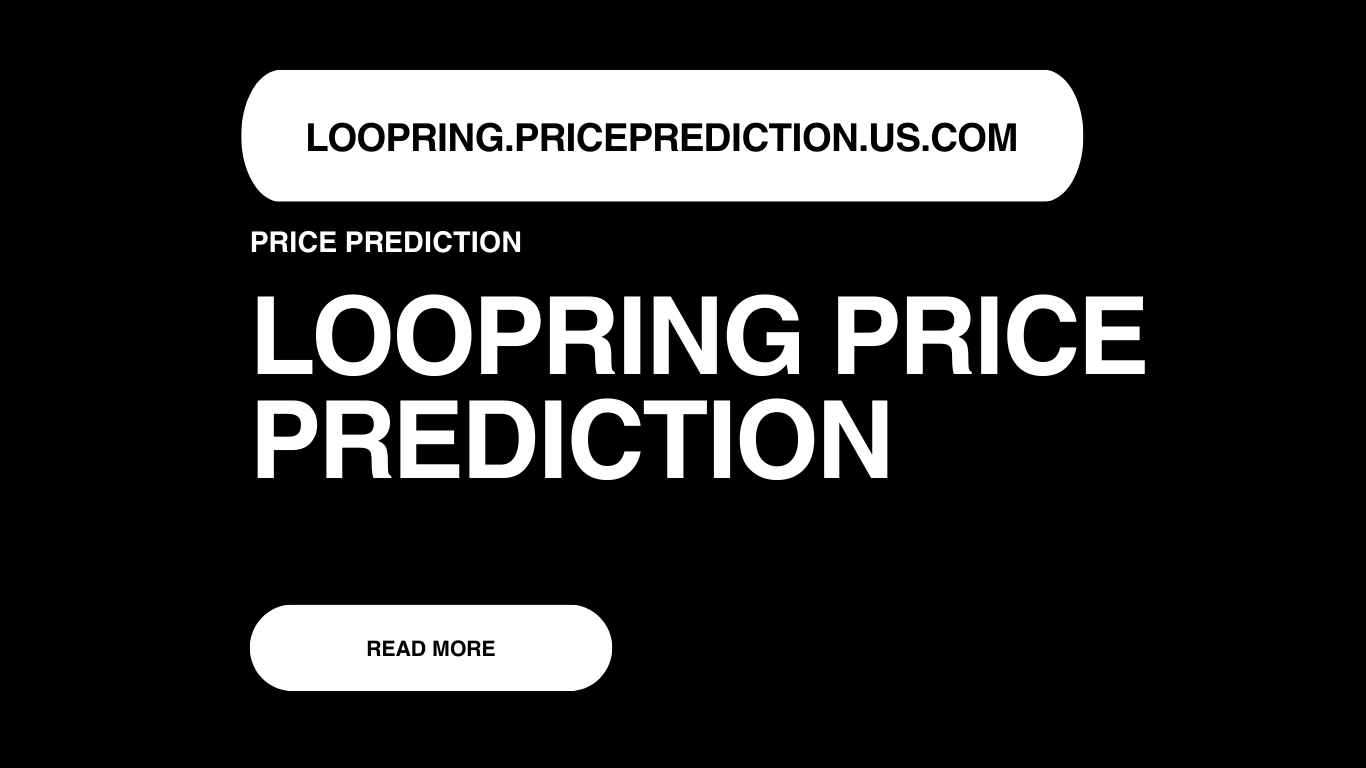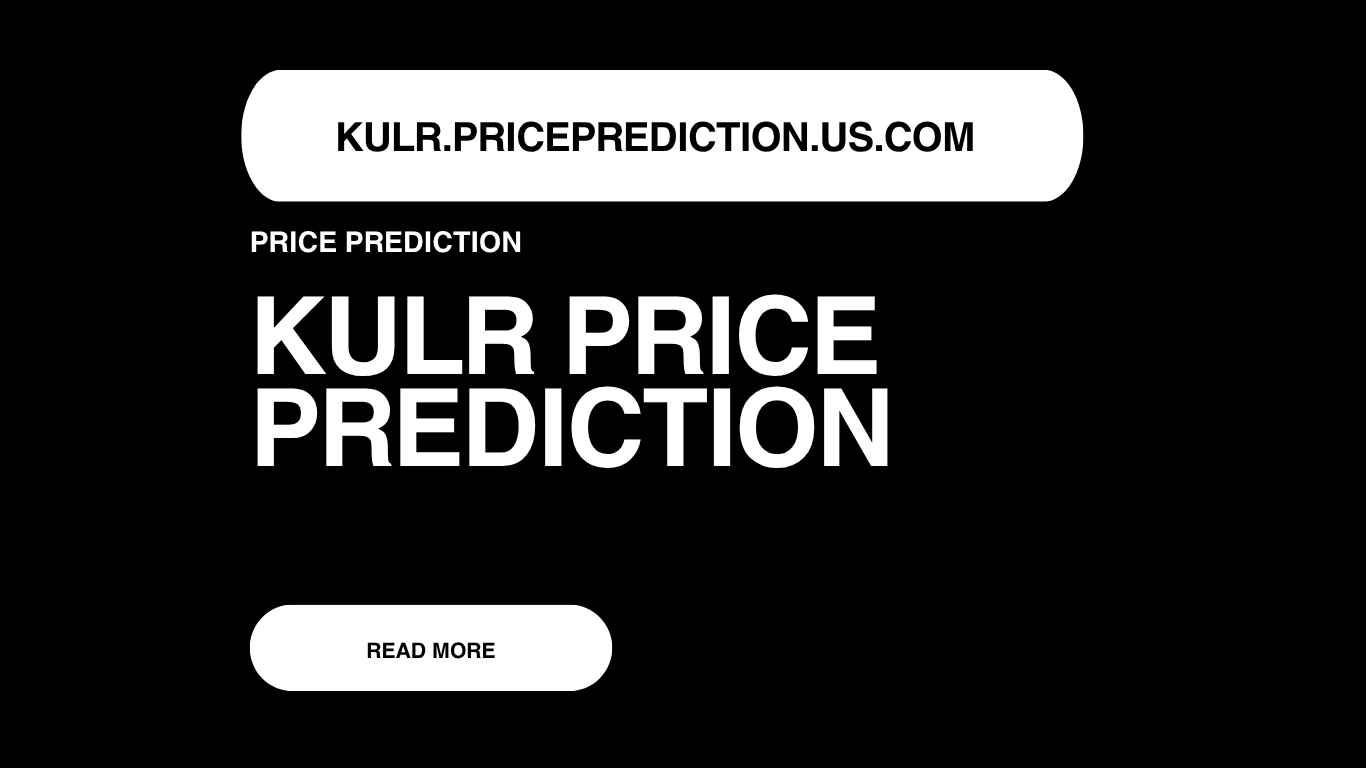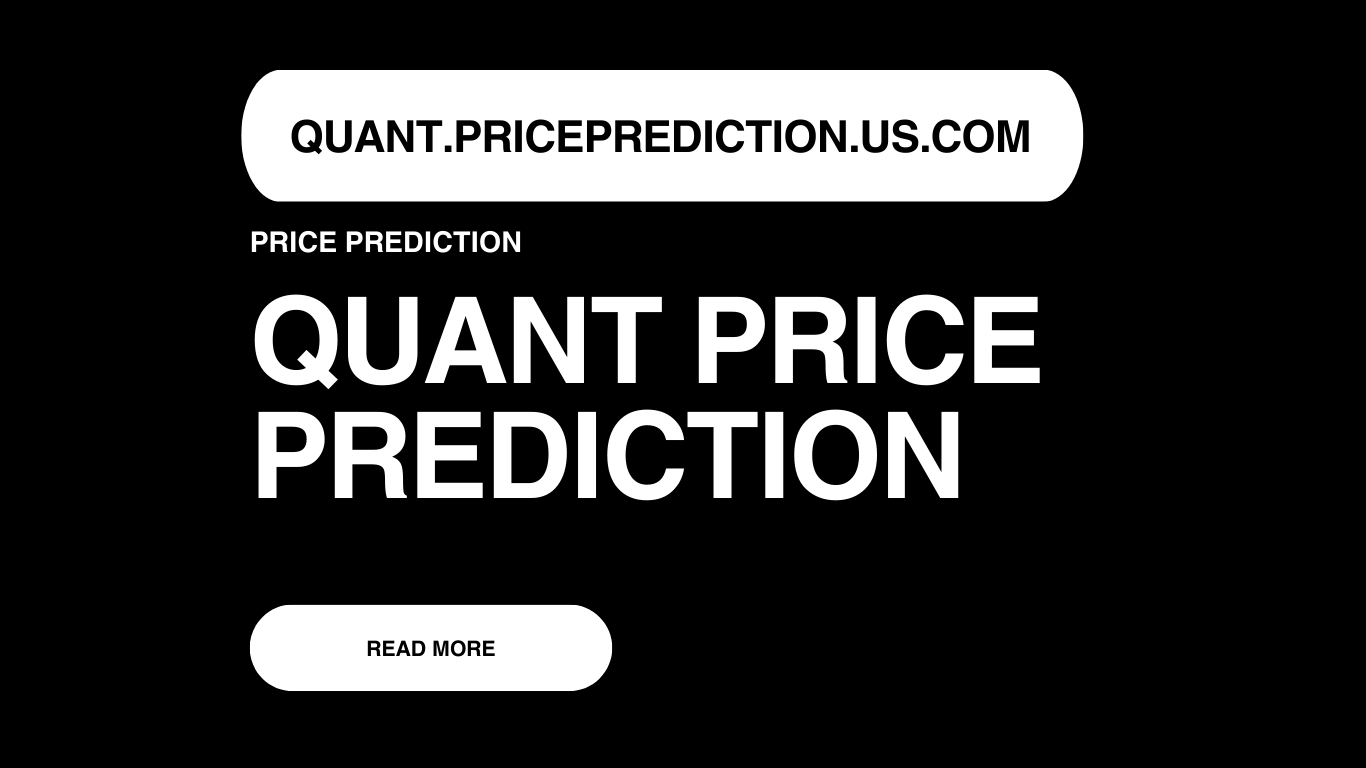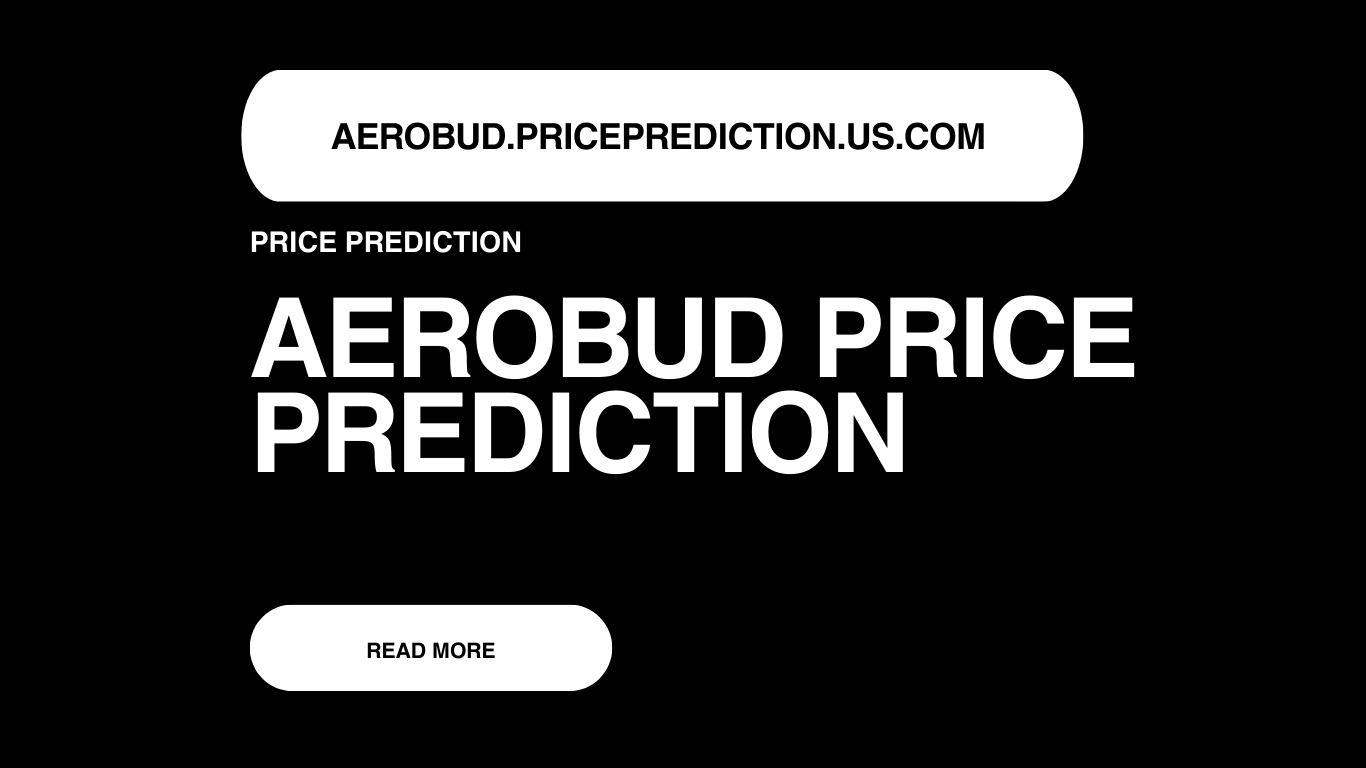Current Loopring (LRC) Price
Loopring has maintained a strong community and developer interest, especially with the increasing adoption of decentralized finance (DeFi) solutions.
Explore the latest (LRC) Loopring price predictions for 2025, 2030, and 2040. Analyze future potential, technical insights, and what lies ahead for this Layer-2 solution.

Loopring (LRC) is a Layer-2 scaling protocol built on Ethereum, focused on enabling fast and cost-effective decentralized exchanges (DEXs) through zkRollups. With growing demand for efficient blockchain solutions, Loopring stands out as a powerful player in the DeFi ecosystem.
In this article, we’ll take a detailed look at Loopring's price predictions for 2025, 2030, and 2040, along with technical analysis and factors that could influence its long-term growth.
Loopring has maintained a strong community and developer interest, especially with the increasing adoption of decentralized finance (DeFi) solutions.
Loopring has shown resilience through various market cycles. Indicators like the RSI, MACD, and Moving Averages suggest that LRC is forming a solid base for potential upward movement if the overall crypto market sentiment turns bullish.
By 2025, Loopring's focus on scalability and low transaction fees could push its price to between $0.60 and $1.00, with bullish cases reaching up to $1.20 if DeFi continues to expand.
In 2026, LRC could trade up to $0.20, especially if Ethereum congestion issues boost Layer-2 adoption. A strong DeFi rally could push Loopring even higher.
With increased mainstream adoption of decentralized exchanges, LRC could rise to $0.050, with potential peaks up to $2.00 during favorable market conditions.
Analysts predict that in 2028, LRC may range to $0.10, especially if Loopring improves its platform and secures more partnerships.
By 2029, the price of LRC could fall to $3.40, with bullish cases driving it toward $3.00 depending on DeFi growth and Layer-2 competition.
In 2030, LRC could be priced $1.80 assuming widespread adoption of Layer-2 solutions and increased use of decentralized platforms globally.
Looking ahead to 2035, LRC could trade $5.20, with the potential to go even higher if Loopring’s technology remains at the forefront of Layer-2 innovation.
By 2040, Loopring could reach $12.60, driven by mass blockchain adoption and the maturation of decentralized finance infrastructure worldwide.
Loopring is an open protocol designed for building decentralized exchanges on the Ethereum blockchain using zkRollups, which significantly reduce gas costs while maintaining high security. LRC is the utility token of the Loopring ecosystem.
What is Loopring?
Loopring is a Layer-2 protocol for decentralized trading on Ethereum, utilizing zkRollup technology for faster and cheaper transactions.
Who founded Loopring?
Loopring was founded by Daniel Wang, a software engineer and entrepreneur with experience at Google and JD.com.
Is Loopring a good investment?
Given its strong technical foundation and the growing need for Layer-2 solutions, Loopring shows solid long-term potential, but like all cryptocurrencies, it carries risk.
Will loopring reach $5?
By 2040, under strong market adoption and continued technological advancements, LRC reaching $5 or more is a realistic scenario.
What factors affect LRC's price?
Bullish Indicators:
Bearish Risks:
Provide clear contact information, including phone number, email, and address.

Discover KULR stock price prediction from 2025 to 2040. Explore forecasts, technical analysis, roadmap, and future trends driving growth in battery safety and thermal management.

Explore the detailed QNT Quant price prediction from 2025 to 2040. Understand future prospects, technical analysis, and potential growth for the QNT token.

Get the latest Aerobud price prediction for 2025, 2030, and 2040. Learn about the project’s technical analysis, market outlook, future trends, and token utility in the cannabis crypto space.